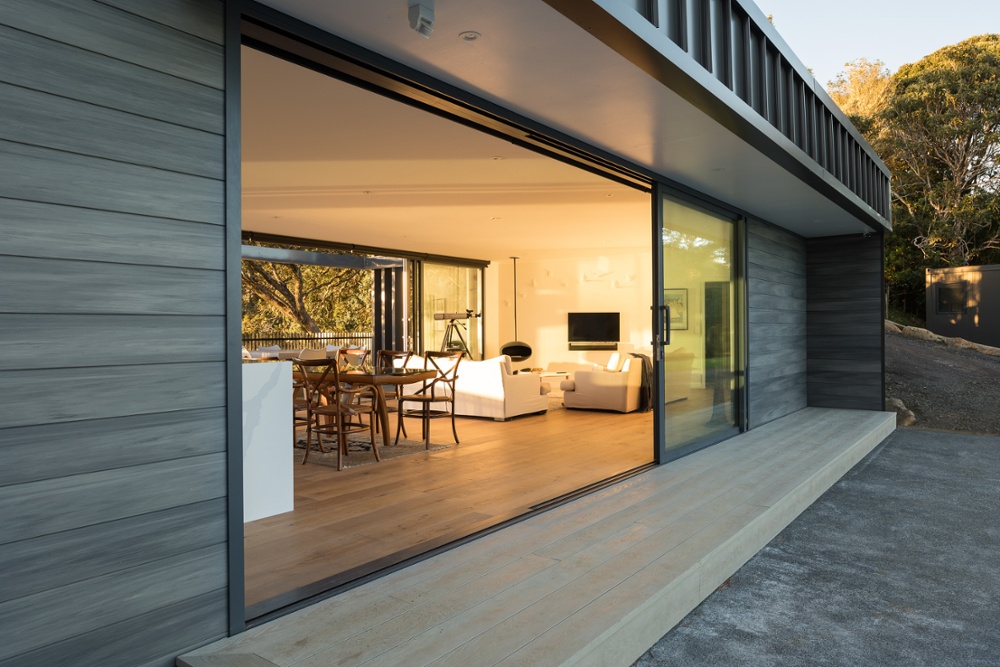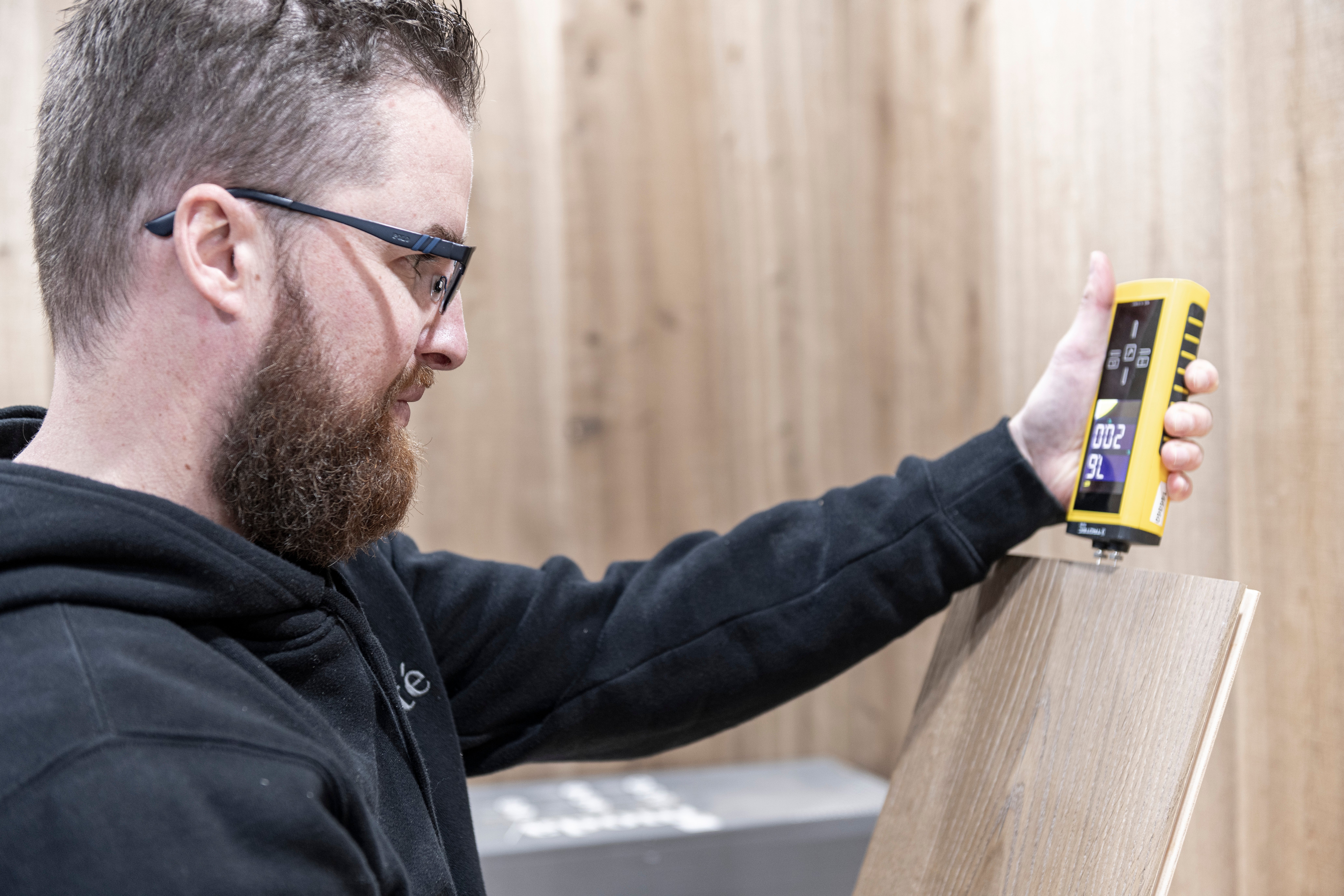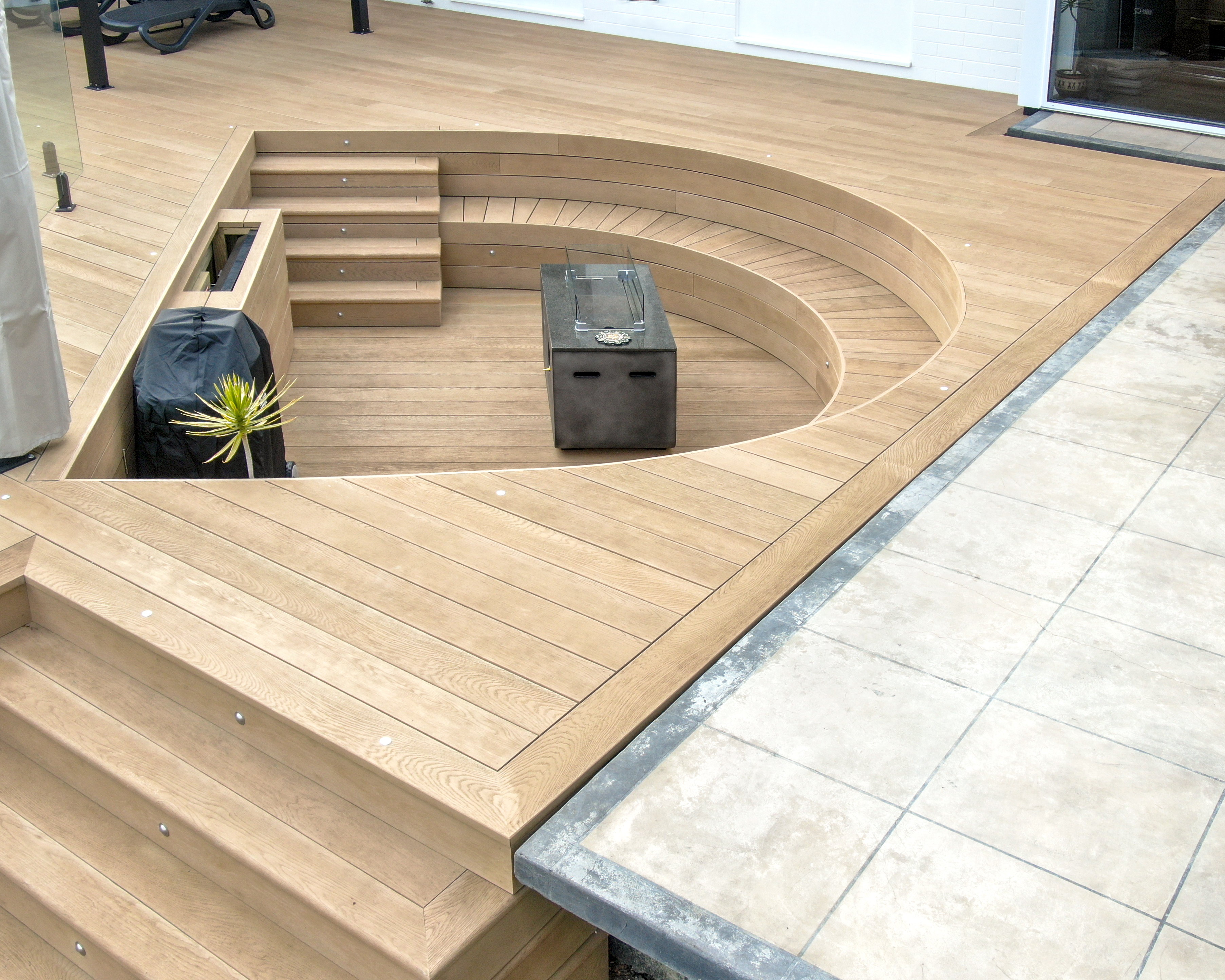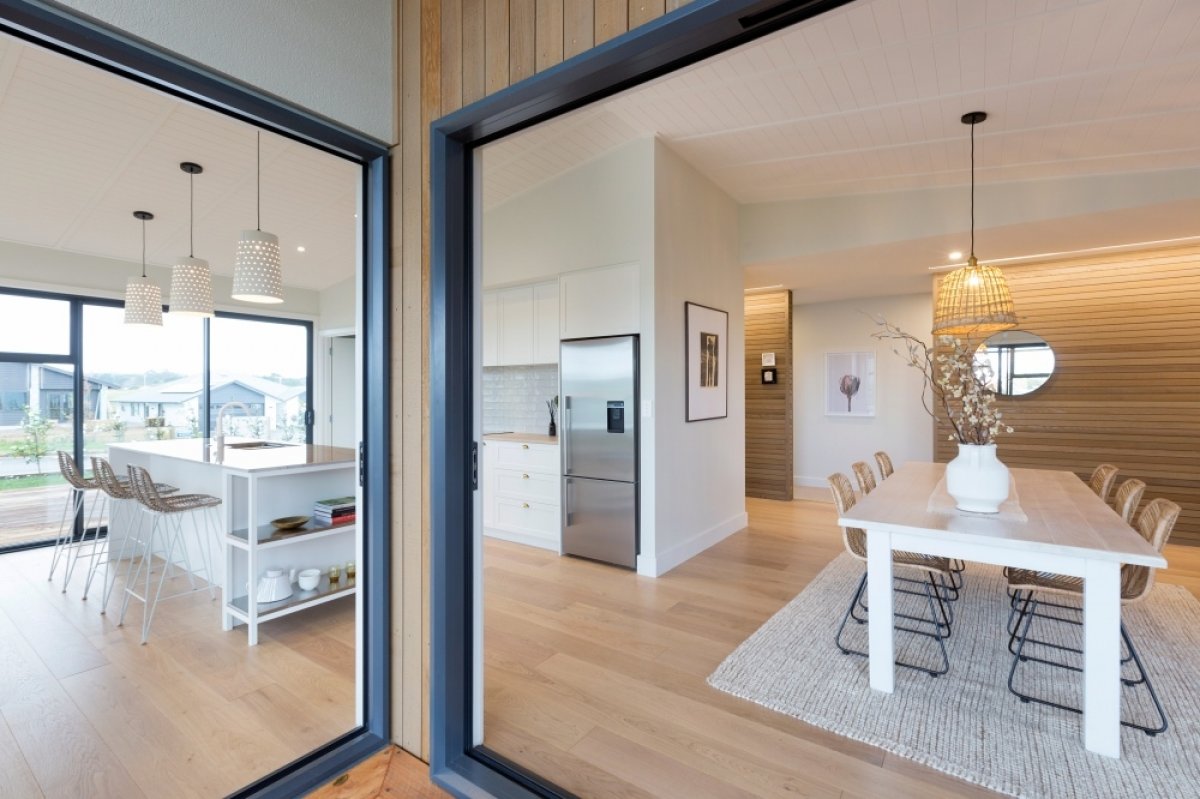Why Is Millboard Mineral Decking More Expensive Than Composite and Timber?
Blog |
 A deck adds value to your home, maximises outdoor living space, and allows you to make the most of the sunny days at home. The problem is – choosing the right decking product can be overwhelming.
A deck adds value to your home, maximises outdoor living space, and allows you to make the most of the sunny days at home. The problem is – choosing the right decking product can be overwhelming.
While traditional timber decking has some advantages, decking alternatives have taken over the market, and for good reason.
In this article, we explain the key differences between the cost and lifespan of standard wooden decking, composite decking and our Millboard resin mineral board.
What is Composite Decking?
Composite decking is a material consisting of more than one ingredient. In composite decking products, the mixture commonly contains wood fibre, thermoplastic, and chemical additives. However, we supply a thermoplastic-free composite decking product that is made with polyurethane instead.
Benefits of composite decking
Low maintenance
Compared to timber, composite decking requires far less upkeep. This is because it contains plastic and synthetic substances and is less susceptible to rot, mould, insect damage, and fading. It doesn't require any staining, sealing, or regular painting either.
Durability
Composite decking is extremely durable and designed to withstand exposure to intense weather conditions. In fact, it can resist UV damage, moisture damage, warping, splintering, and fading. Some composite decking suppliers provide warranties over 25 years.
Sustainability
Composite decking can be made with recycled plastics to reduce landfill waste. The timber component can also be sustainable if it is sourced from a responsible forest.
Composite decking costs
Composite decking typically has a higher upfront cost than traditional timber decking. In saying that, less long-term maintenance will usually make it more cost-effective over time.
So why is composite more expensive than timber? There are several reasons for this, including:
Raw Material Costs
The raw materials used to make composite materials often cost more than natural wood. For example, fibreglass, plastic resins, and other additives require intensive manufacturing processes while timber is a renewable resource.
Manufacturing Process
The production of composite decking involves complex manufacturing processes, including mixing, moulding, and curing. These often require specialised equipment and expertise compared to the more straightforward timber processing methods like cutting and milling.
Design Customisation
Composite decking offers a wider range of design options compared to timber. This can incur a higher cost, as it requires more advanced technology and expertise to produce composite products with specific aesthetics and properties.
Regulations
Composite decking is subject to stricter environmental regulations due to the chemicals and processes involved in their production. Compliance with these regulations may increase the cost of manufacturing.
Timber vs composite decking
The price difference between composite decking and timber decking varies depending on the specific type of composite, the quality of the timber, and regional factors. Additionally, the choice between composite and timber may also be influenced by factors such as aesthetics, environmental concerns, and the intended application of the material.
Fortunately, there is a solution that provides the advantages of both timber and composite in one. For example, at Forte, we supply thermoplastic-free Millboard decking.
Millboard decking
100% Thermoplastic-free
Containing no thermoplastics, Millboard decking is a mineral board made from natural minerals bonded in polyurethane resin. The composition is reinforced with mineral fibres to reduce wear and tear.
Authentic wood appearance
The appearance of Millboard decking is virtually indistinguishable from wood but is far superior in longevity and performance. Each board is moulded from real oak samples to achieve a unique wood grain and then tinted with your chosen wood tone. This provides the beauty and organic appeal of wood while avoiding fading and deterioration over time.
Low maintenance
With no wood content, Millboard decking does not rot, warp, fade, or support algal growth. There’s no need for expensive treatments – an occasional wipeover with standard household floor cleaners is all it needs. If something is spilt on your Millboard decking, it’s easy to clean and won’t stain.
Download the Millboard care & maintenance guide
Splinter-free
Because Millboard decking combines natural minerals and polyurethane resin, it’s completely splinter-free which is crucial for families and young children.
Slip-resistant
Each Millboard plank has a non-porous surface layer of Lastane® for stain and slip resistance. This ensures a safer environment for your friends and family, even when wet.
UV resistant
Millboard decking is resistant to UV rays, which reduces fading and sun damage over time. This ensures your deck can be enjoyed for many years to come and won’t need to be treated as frequently as timber.
For more information about the Millboard range, as well as inspiration, accessories, and specifications, browse your options today. Our standard plank size is 150-200mm and is available in a wide variety of colours, including light, natural, grey, beige, brown, and black.
Visit one of our Showrooms
If you have any queries about our products or need help with your project, we can provide you with expert advice. Visit one of our showrooms or book a consultation with our flooring experts today.



